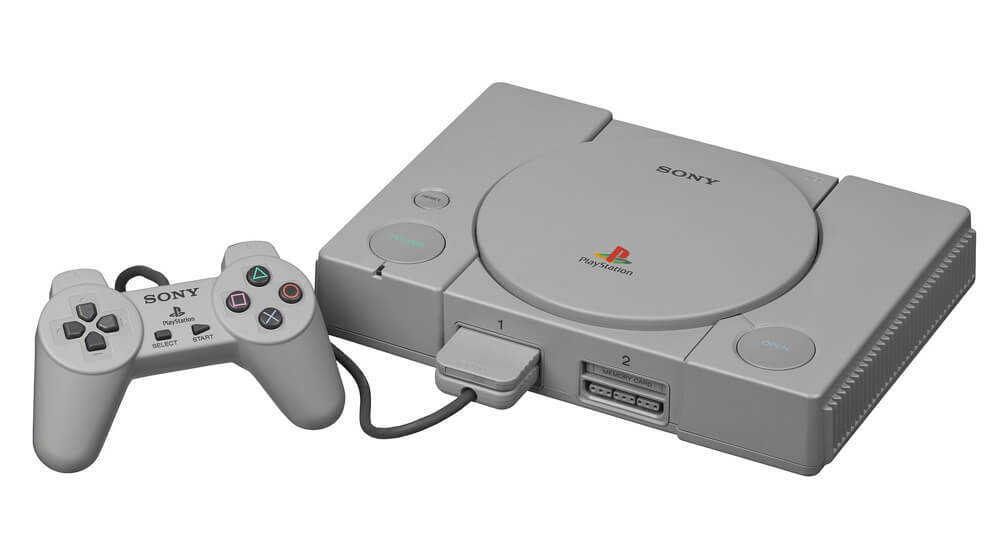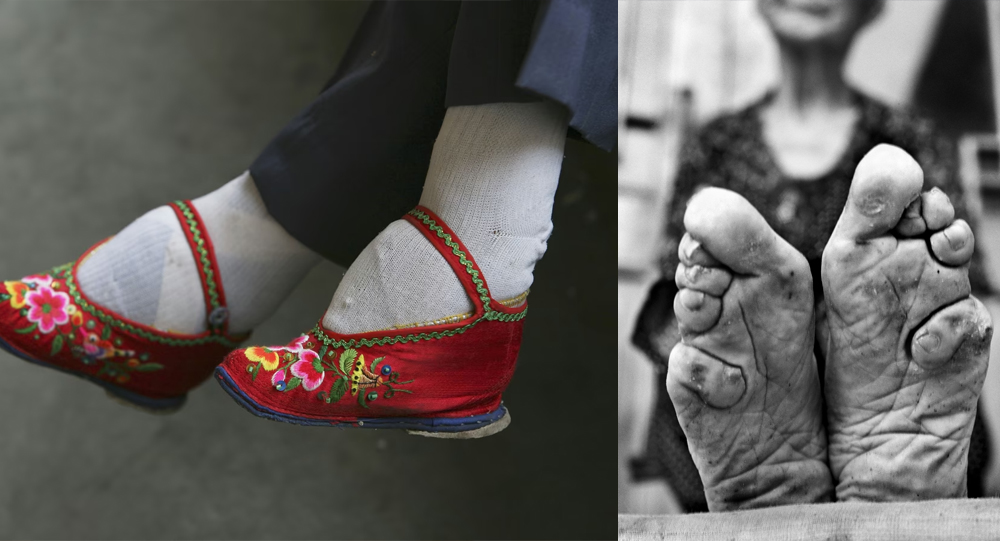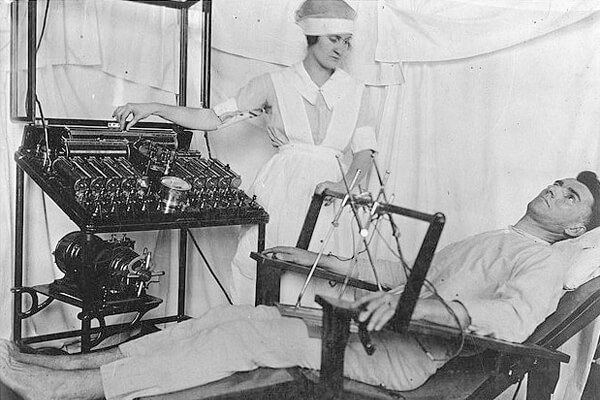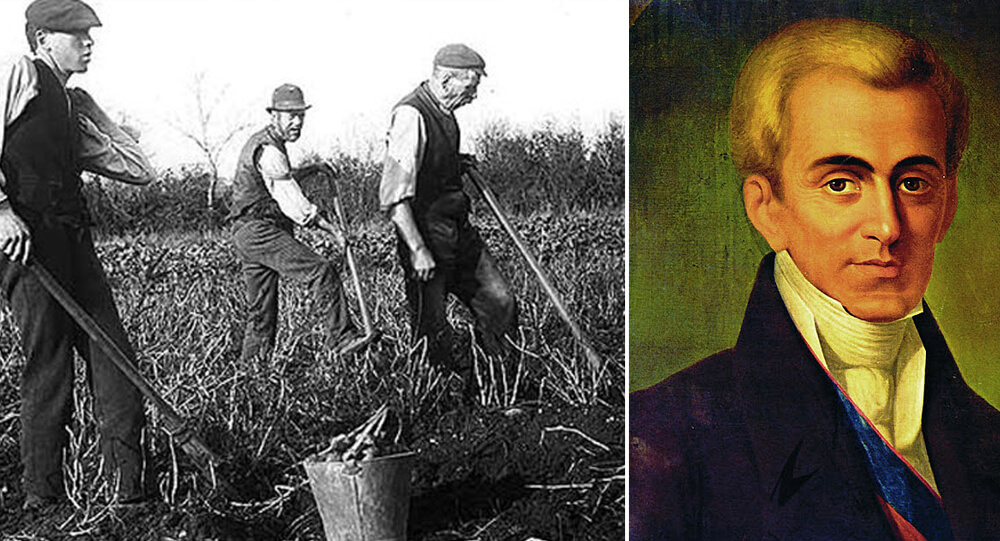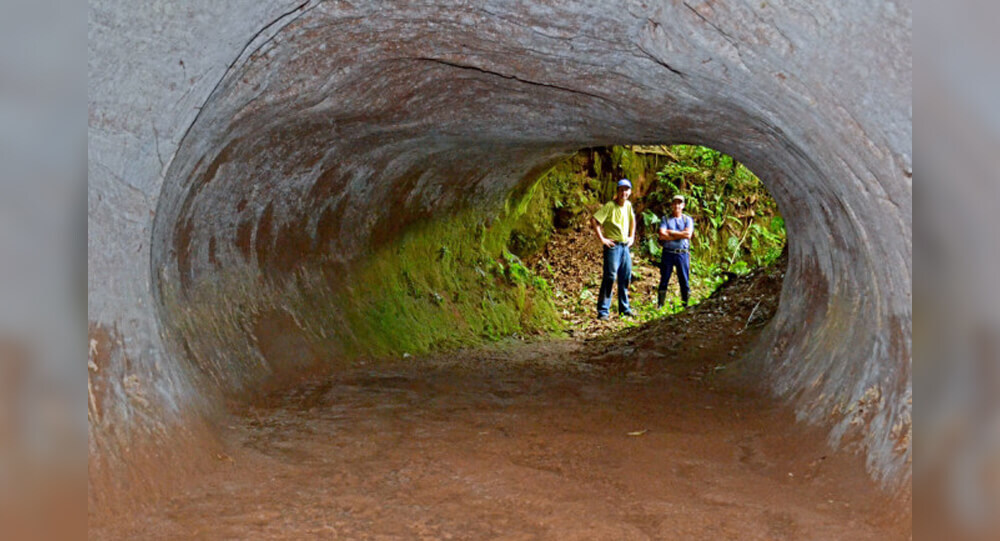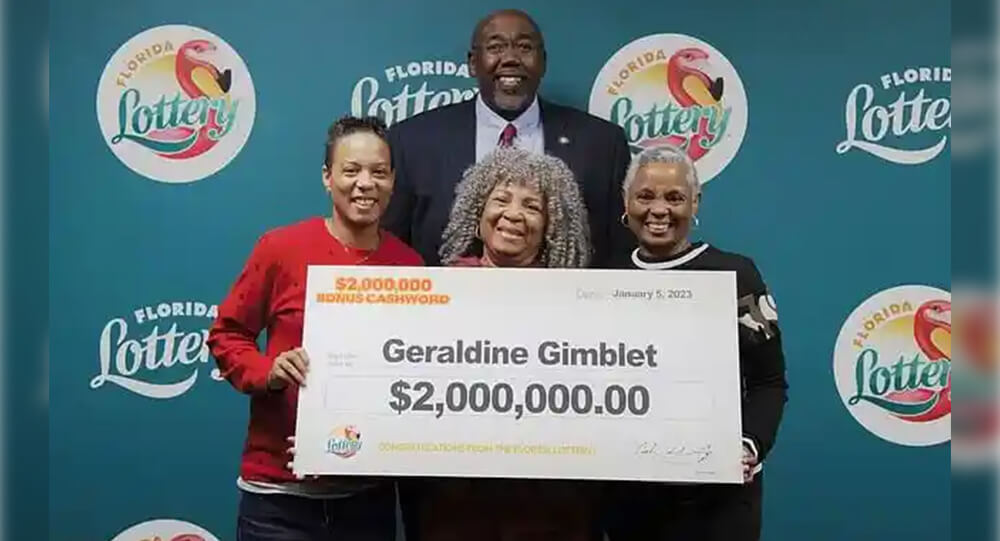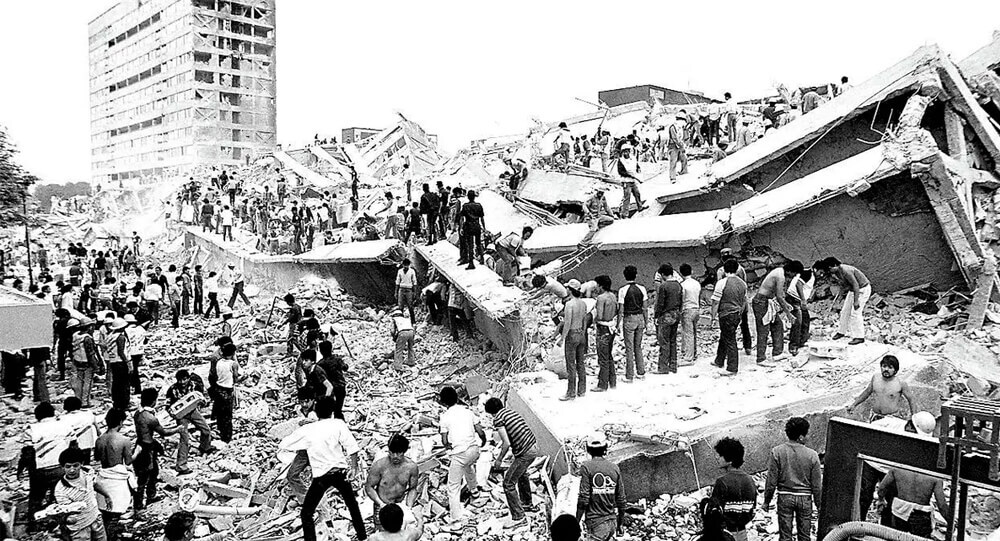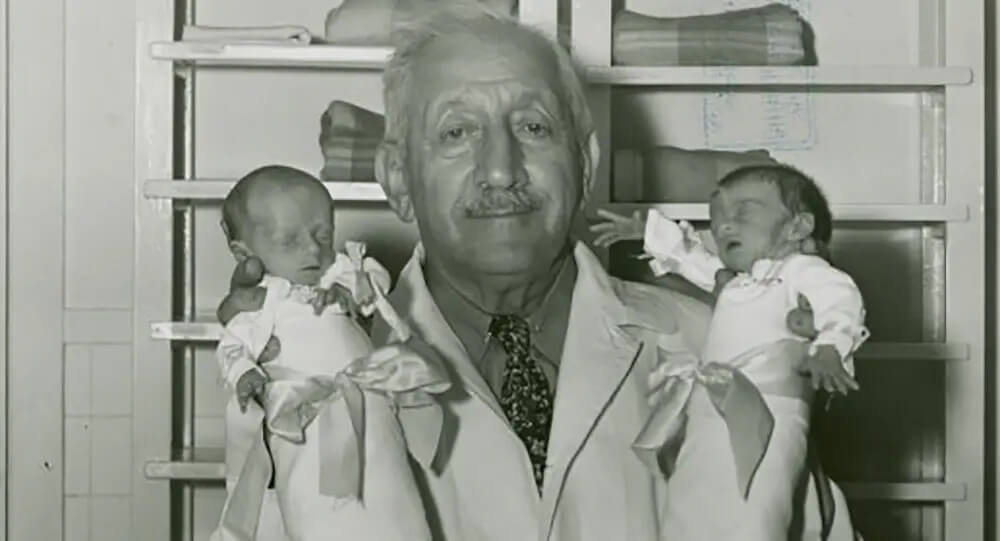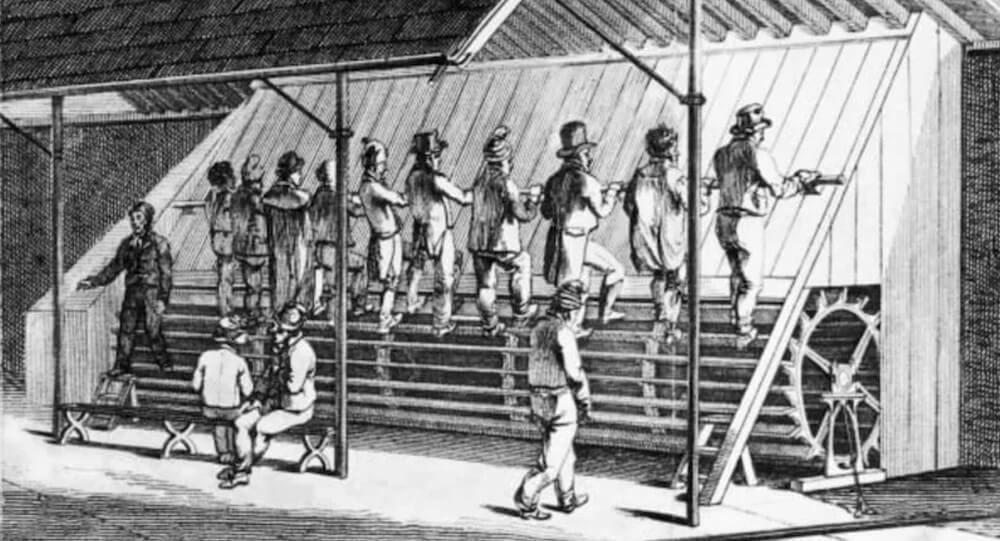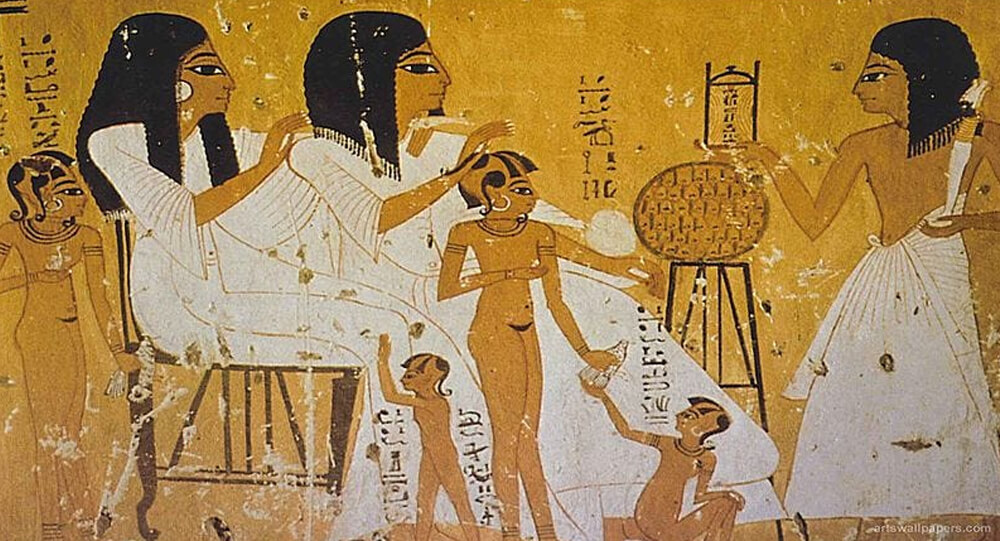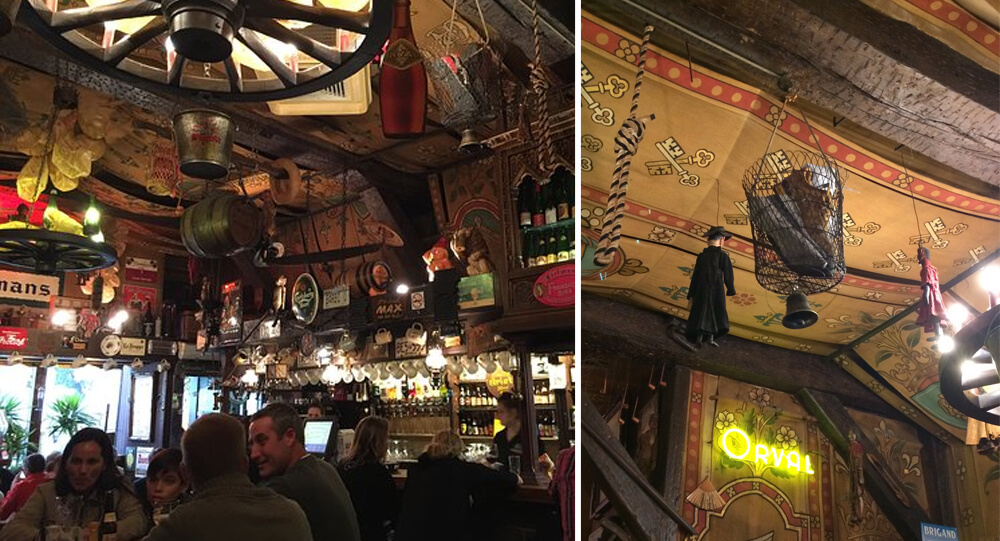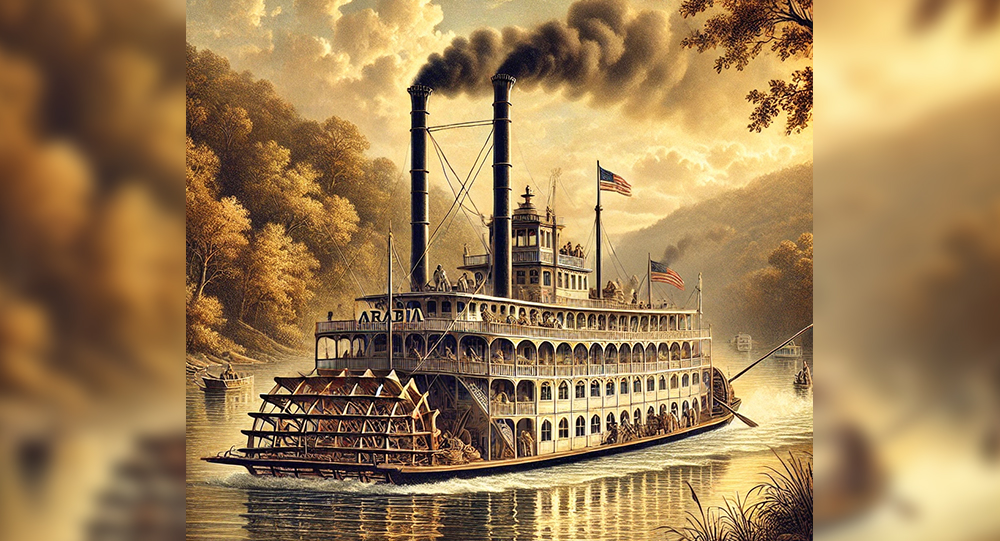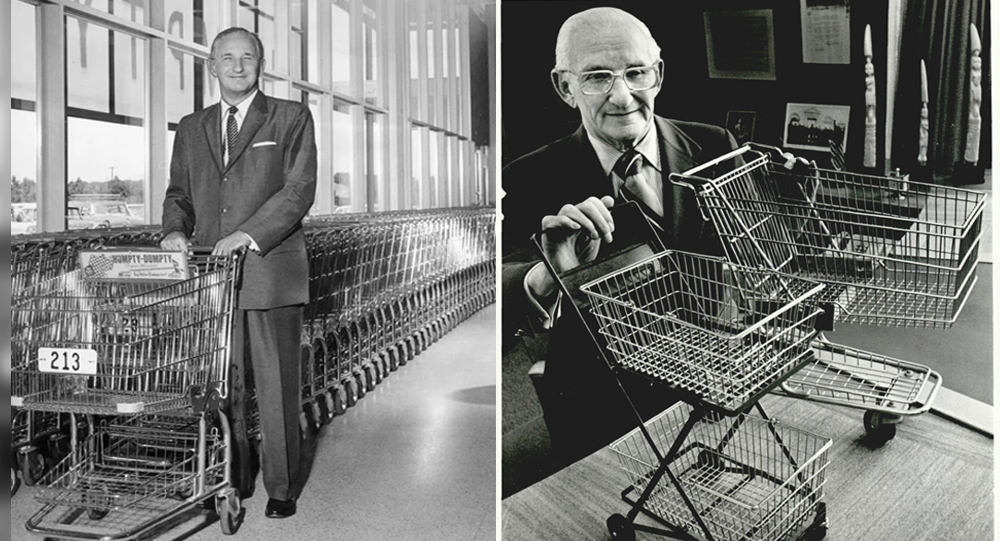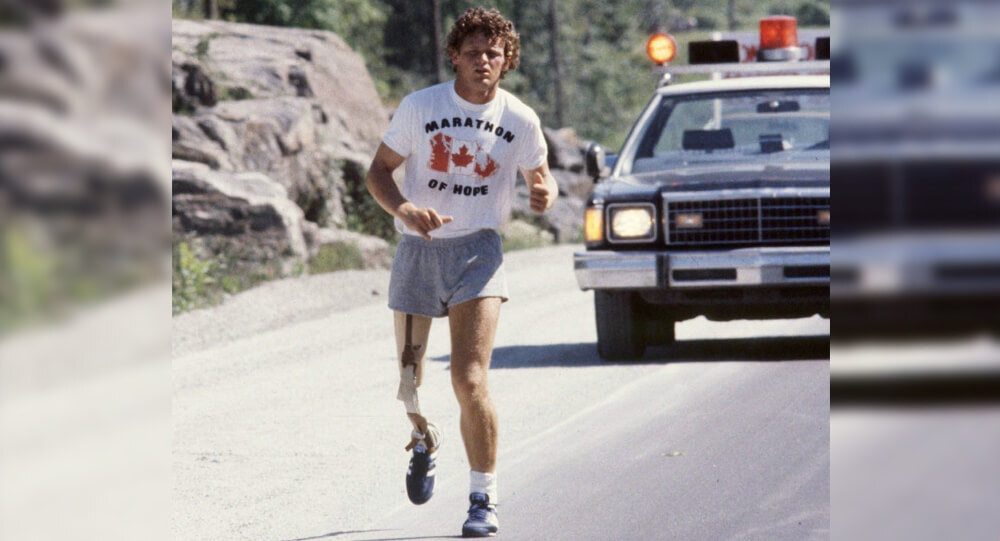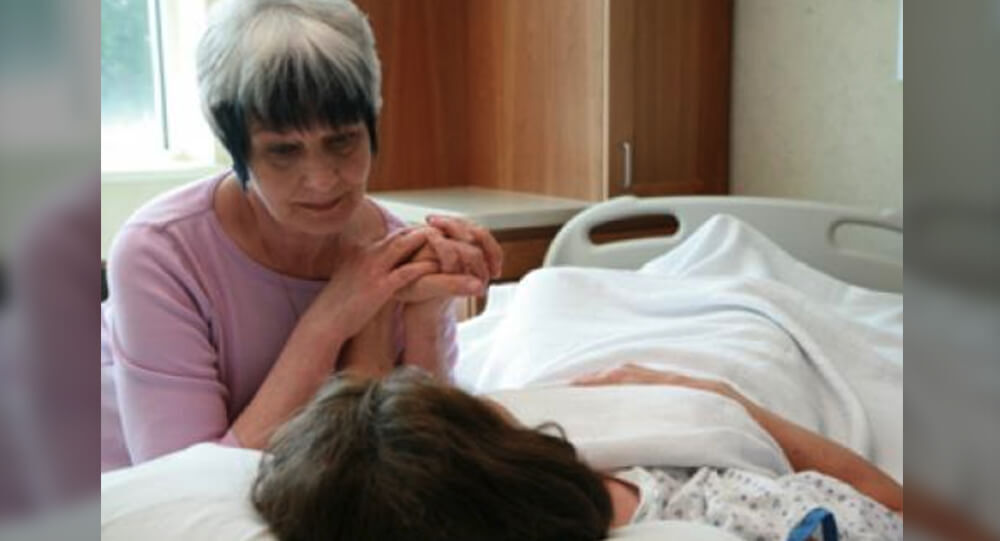
The presence of compassionate company can make a world of difference when people are facing their most vulnerable times at the end of life. No one should experience death alone, according to the remarkable “No One Dies Alone” program, which has gained momentum on a global scale. The history of this program is explored in depth in this article, including its beginnings, the crucial role of volunteers, its effects and advantages, and some moving personal accounts. It also explores the difficulties encountered in putting such a program into action and highlights the successes. Finally, it envisions the “No One Dies Alone” movement’s continued development and growth in the years to come.
Origins and Evolution of the Program
The “No One Dies Alone” program’s beginnings can be traced to the kind initiatives of a select group of people who understood the value of company at the end of life. Nurses in Oregon named Sandra Clarke and other pioneers began giving their time freely to be present with patients who had no family or friends nearby. Through their perseverance, this modest concept quickly gained support and spread to hospitals and hospices all over the nation.
As the program gained traction, more medical facilities realized how crucial it was to offer companionship to those dying alone. The “No One Dies Alone” initiative has grown into a widespread movement in the present day, with countless volunteers providing their presence and assistance to those in need.
Sandra Clarke was on her way to her night shift at the hospital where she was employed in 1986. Despite the fact that most patients are asleep during the night shifts, medication must still be administered according to schedules despite the fact that there are typically fewer nurses on duty.
The patient was not doing well and was not to be revived, so Sandra could anticipate that the patient would die, according to her head nurse. She went to see the patient after she kindly requested that she stay with her. Although Sandra had other patients to attend to, she made a commitment to return as soon as she had finished administering medication to the remaining patients.
One person’s regret supported others.
Sandra Clarke was on her way to her night shift at the hospital where she was employed in 1986. Despite the fact that most patients are asleep during the night shifts, medication must still be administered according to schedules despite the fact that there are typically fewer nurses on duty.
The patient was not doing well and was not to be revived, so Sandra could anticipate that the patient would die, according to her head nurse. She went to see the patient after she kindly requested that she stay with her. Although Sandra had other patients to attend to, she made a commitment to return as soon as she had finished administering medication to the remaining patients.
After about an hour, she returned to the patient as promised, who had his arm outstretched as if he were waiting for someone to take his hand. Unfortunately, Sandra arrived too late because the patient was already dead. In an interview conducted in 2013 by the Mayo Clinic, Sandra expressed her regret and rage for leaving the dying patient alone.
The Role of Compassionate Volunteers
Volunteers who are compassionate are at the heart of the “No One Dies Alone” program. These people, who come from all walks of life, are driven by a strong desire to impact someone’s final moments. Volunteers are trained before they sign up for the program to make sure they have the abilities and information needed to support patients emotionally.
Volunteers devote their time and presence to patients once they have been assigned to them, fostering relationships with those who are dying alone. They provide comfort and company by sitting quietly, holding their hands, or just lending a listening ear. By doing this, volunteers establish a calming and safe environment for those they support, resulting in a more peaceful end-of-life experience.
Impact and Benefits of the Program
The “No One Dies Alone” program has made a significant difference in how people experience death. Volunteers bring comfort during what can be a very lonely and anxious time by offering company. Patients are better able to face death with peace and dignity thanks to their comforting presence, which also reduces anxiety.
The program also lessens the loneliness that many people experience in their final moments. It can mean the world to someone to know that someone cares and is there for them. This company supports patients as they work through their feelings and find comfort, resulting in a more positive and fulfilling end-of-life experience.
The program undoubtedly helps the patients, but it also has a significant effect on the volunteers. They develop a special perspective on life and discover gratitude and meaning in helping others in their hour of need. The program gives volunteers the chance to actually change lives, fostering a sense of fulfillment and community that goes well beyond the confines of the hospital.
The “No One Dies Alone” program, in conclusion, is a testament to the value of human connection and the strength of compassion, even in the face of death. This program gives those who would otherwise have to face their final moments alone comfort, dignity, and company thanks to the tireless efforts of committed volunteers.
Inspirational Stories from the Program
Volunteers and people in their final moments have formed countless touching and heartfelt connections as a result of the “No One Dies Alone” program. These private moments foster deep connections and provide comfort to those facing the end of their lives. They can range from holding hands and offering words of comfort to sharing stories and even singing favorite songs.
For those involved, volunteering with the “No One Dies Alone” program can be a transformative experience. A renewed sense of purpose, a deeper appreciation for life, and a better comprehension of the human condition are common reports from volunteers. The chance to be present and comfort someone during such a vulnerable time has a long-lasting effect on the volunteers and highlights the value of human connection.

A Brief History of the PlayStation Gaming Console
Sony's PlayStation was never meant to be an actual product. Instead, it was intended to be a CD-ROM console that would support Nintendo games. However, when Nintendo backed out of the deal at the last minute, Sony went ahead and launched what soon became one of the most successful gaming consoles of all time.

Inside China’s Footbinding Tradition: The Painful Ritual of Lotus Shoes and Bound Feet
In China, Lotus shoes were used to bind women's feet to keep their feet small

Top 10 most cruel medical procedures that are being used today
We are all aware that medicine has advanced dramatically over the last fifty years. There are several modern medical approaches available today, but this was not always the case. However, the past of medicine is a dark one. Medical leeches, lobotomy, vascular surgery, cranial stenosis, and even electroshock therapy are all options. These are only a couple of the cruel healing techniques that are still in use today.

How Greek prime minister in 1830’s tried to spread the potato in Greece
A Greek prime minister in 1830’s tried to spread the potato in Greece but people weren’t interested so he put armed guards in front of shipments of potatoes so people would think they were important. People later started stealing these potatoes a lot which spread the crop to all of Greece.

Charlie Brown and Franz Stigler incident: Enemy became friends
During WWII, a German pilot spotted an American pilot’s crippled plane in the sky. Tailing it, he noticed that gunner was dead, crew injured, and they posed no threat. Instead of destroying the plane, he led it to safety. 40 years later, the two pilots reunited.

Tunnels Dug by ancient giant sloths, A South American Megafauna
For years, scientists didn’t know what caused mysterious cave networks in South America. In 2010, they learned that the caves were actually tunnels dug by ancient giant sloths

Mother who spent entire life savings for daughter’s cancer treatment won the lottery
A mother won $2 million from a $10 scratch-off lottery ticket after she spent all of her entire life savings to pay her daughter’s cancer treatment. She bought the winning ticket after her daughter’s last cancer treatment.

Knockers-up: waking up the Industrial Britain's Workers in 1900-1941
Before alarm clocks were invented, there was a profession called a knocker-up, which involved going from client to client and tapping on their windows (or banging on their doors) with long sticks until they were awake. It lasted into the 1920s.

Remembering the miracles of the 1985 Mexico earthquake (unbelievable stories)
In 1985, after an 8.0 magnitude earthquake hit Mexico City, nearly all newborn babies survived a collapsed hospital. They are known as “Miracle Babies” for surviving 7 days without nourishment, water, warmth or human contact.

Martin Couney, Saved Thousands of Premature Babies Wasn’t a Doctor at All
Martin Couney never qualified as a medical doctor. However, in the 1900s, he saved thousands of premature babies by exhibiting them in incubators at his Coney Island sideshow. Over the course of his career, he is said to have saved about 6,500 babies that had previously been written off by mainstream medicine.

History of Treadmill, punishment for prisoners
Treadmills were originally a punishment used to harness human power on a giant wheel used to grind grains, hence the name "treadmill." The History of Treadmill

Max Headroom Incident: America’s Creepiest TV Hack
In 1987 a man hijacked a television station during an episode of Dr. Who and wore a Max Headroom mask and uttered nonsense, and he still hasn’t been caught

Susanna Salter: The Trailblazing Story of America’s First Female Mayor
In 1887, Susanna Salter became the first female mayor in the United States, elected in Argonia, Kansas. Her nomination was initially a prank by men opposing women in politics. However, she won by a landslide and served effectively, inspiring the women’s suffrage movement and breaking barriers for women in leadership.

Ancient Egyptians Had Pregnancy Tests Over 3500 Years Ago
The ancient Egyptians used a pregnancy test that involved potentially pregnant women peeing on barley and wheat seeds. Plant growth indicated pregnancy: barley for a boy and wheat for a girl. Later tests revealed that pregnant women's urine causes plant growth 70% of the time, whereas non-pregnant women's urine does not.

The 1976 April Fools' Pranks, Planetary Alignment
On April fool's Day, 1976, the BBC convinced many listeners that a special alignment of the planets would temporarily decrease gravity on Earth. Phone lines were flooded with callers who claimed they felt the effects.

Why This Belgian Bar Makes You Trade Your Shoe for a Beer
To prevent tourists from stealing their beer glasses, some bars in Belgium require people to hand over one of their shoes as a deposit which is then put in a basket and hung from the ceiling. These shoe baskets have also become an attraction.

The Tragic Story Of Mary Ann Bevan, The ‘Ugliest Woman In The World’
After the death of her husband, Mary Ann Bevan had no income to support herself and her children. She then decided to enter a contest where she won the title of “ugliest woman” and was later hired by a circus. She endured this ridicule from the world to provide for her family.

Reason Behind The Suicide Of Christine Chubbuck Live On Air
Actor Rebecca Hall had serious reservations about tackling the macabre story around why Chubbuck killed herself in 1974. So what changed her mind?

The Arabia Steamboat: Unearthing a 19th Century Time Capsule from the Missouri River
The Arabia was a steamboat that sank in the Missouri River in 1856. Over time, the river shifted 800 meters to the east, eventually turning the site of the sinking into a field. The steamboat remained under 45 feet of slit and topsoil until 1988, when it was excavated. The mud, as it turned out, was such a great preserver that most of the artifacts on board were found to be intact. They even found jars of preserved apples that were still edible!

Vince Coleman, a railway dispatcher, sacrificed his own life
Vince Coleman, a railway dispatcher, sacrificed his life in order to warn an incoming train of an imminent explosion. His telegraph said “Hold up the train. Ammunition ship afire in harbor making for Pier 6 and will explode. Guess this will be my last message. Good-bye, boys.” He saved 300 lives.

Sylvan Goldman: The Visionary Who Revolutionized Shopping with the Cart
The inventor of shopping carts, Sylvan Goldman, had to hire several male and female models to push carts around in his store, demonstrate their utility, and explain their use to other customers, due to not catching on initially.

Terry Fox, a 21-year-old one-legged cancer patient who ran 143 days before dying
Terry Fox was a 21-year-old one-legged cancer patient who ran 3,339 miles across Canada in 143 days before dying.

Albert Einstein’s brain after it was stolen from his body
Albert Einstein's brain was taken by the opportunistic pathologist who performed his autopsy hours after he died and kept in two jars for 30 years. The stolen brain of Albert Einstein was preserved in a cookie jar for 30 years until being discovered by a journalist.

Nordlingen, The Town Inside A Meteorite Crater With Millions Of Meteorite Diamonds
The German town of Nördlingen is embedded with 72,000 tons of microscopic diamonds. About 15 million years ago, a meteorite hit this region, and the impact created a massive depression and formed rocks containing diamonds, glass, and crystals. The town was built in the impact crater sometime around 898 CE.

Archaeologists Uncover 2,000-Year-Old Amazonian Cities Using Lidar Technology
Deep in the Ecuadorian Amazon, archaeologists have uncovered an ancient network of urban settlements once inhabited by the Upano people about 2,000 years ago. Using cutting-edge lidar technology, these discoveries reveal a highly organized society featuring sophisticated agricultural systems, drainage canals, and extensive road networks. This transformative find challenges long-held assumptions about ancient Amazonian societies and sheds light on a complex civilization thriving in one of the world’s most biodiverse regions.

